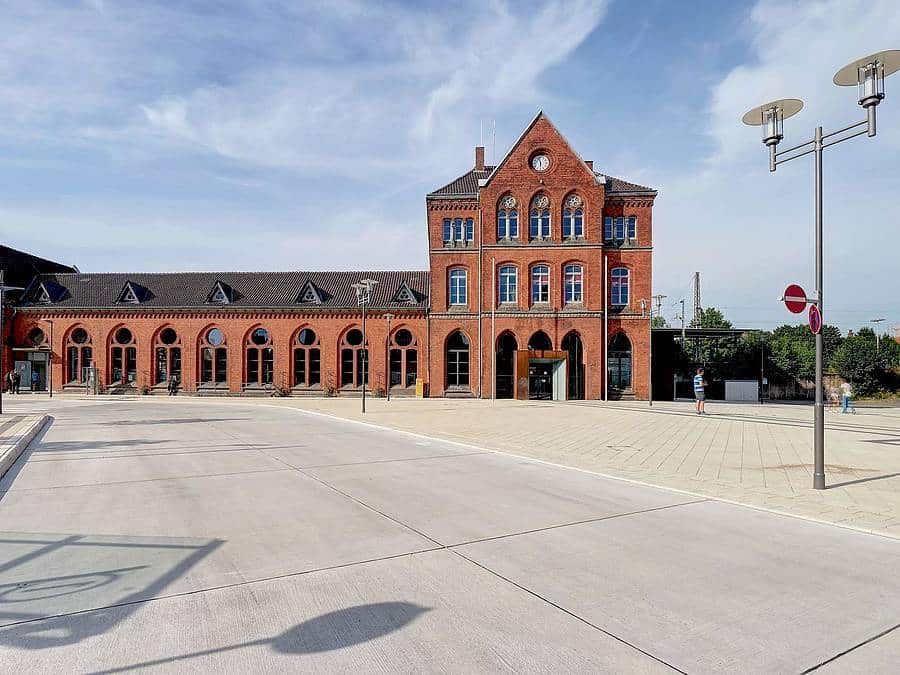
Category
The big 5
In each issue, FORMLINER presents five facts or items of data relating to the title topic. The current issue focuses on the phenomenon of upheaval. Hardly any other material has had such a lasting impact on architecture as concrete. FORMLINER presents: 5 milestones in building with concrete.
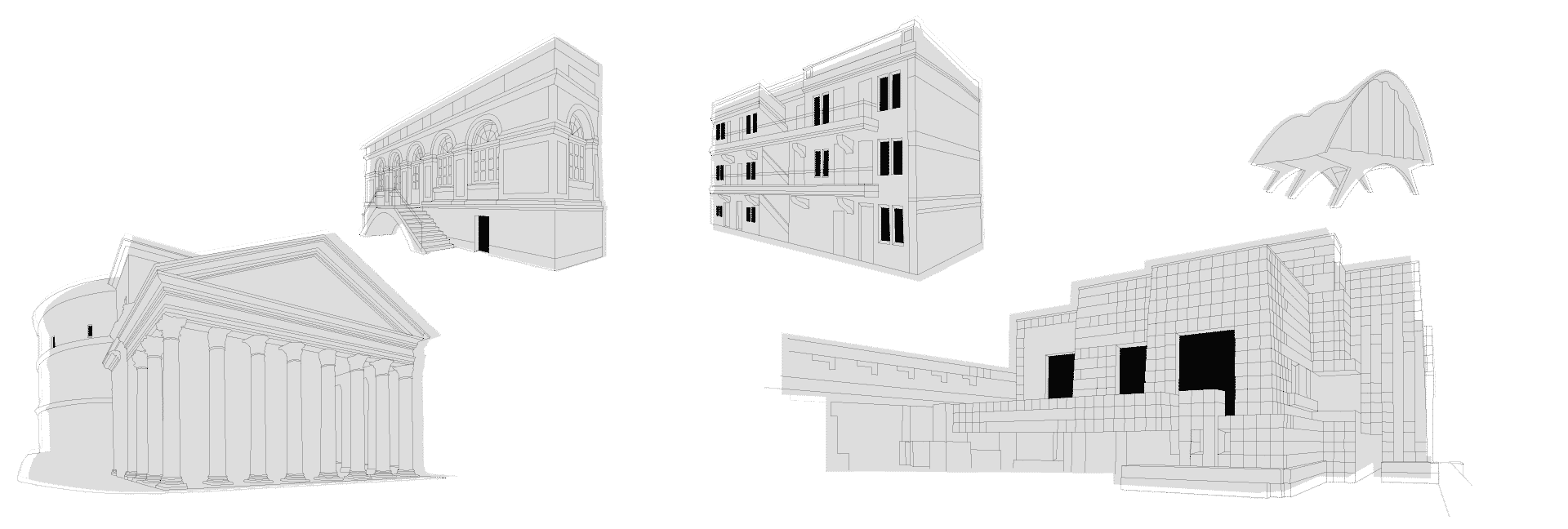
Pantheon — Italy
The Pantheon is completed in Rome. The dome is made of concrete – and at over 43 meters in diameter, it remained the largest dome in the world for 1,700 years. After aqueducts, the Pantheon is the first major construction project build with concrete. The Romans mix burnt lime, sand and water to make mortar, adding brick dust and volcanic ash. This gives them a building material with exceptional compressive strength and durability: the Pantheon is one of the best-preserved constructions from Ancient Rome, still drawing visitors today.
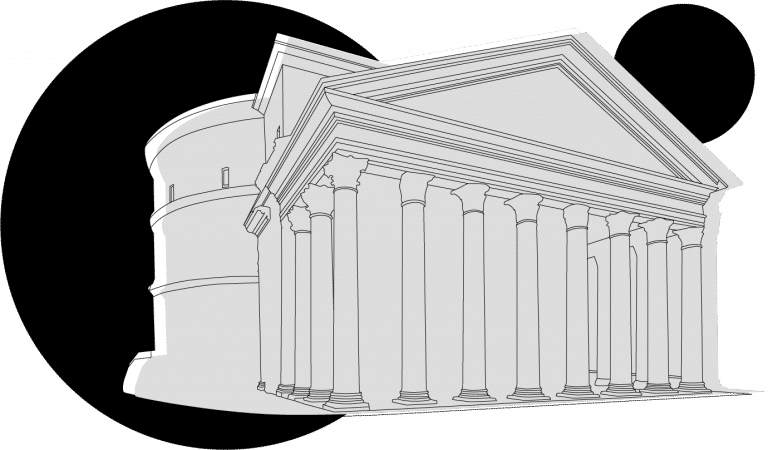
Villa Lebrun — France
The French architect and engineer François Martin Lebrun builds Villa Lebrun for his brother in the south of France. This is the first building completely made from concrete since ancient times. The construction uses tamped concrete, a type of building material invented by Lebrun that requires impact to compress. The villa is not just a residence, but also a show home: the Lebrun brothers operate a lime factory and use the villa to show their customers the possibilities of building with concrete.
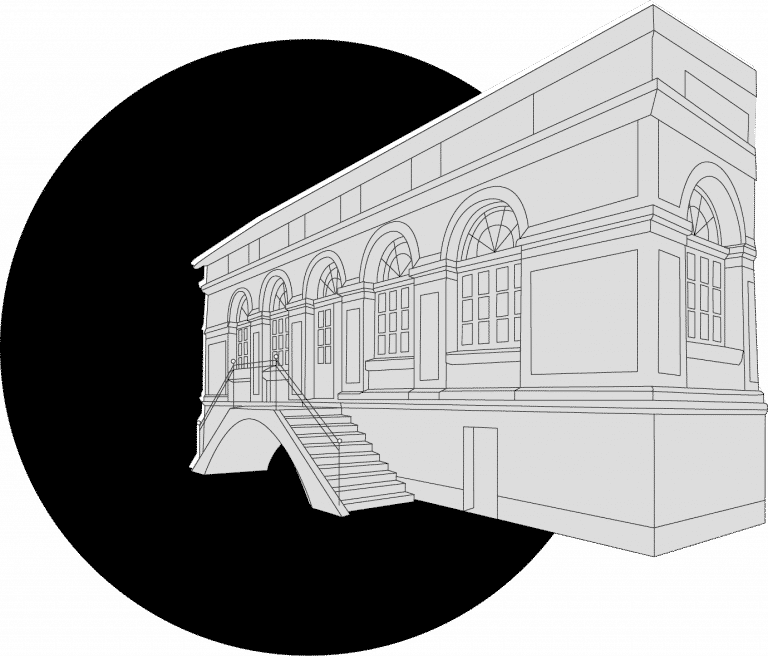
Eldon Street Housing — Great Britain
In order to create quick and cheap living space, British structural engineer John Alexander Brodie experiments with precast concrete elements. As an employee of the city of Liverpool, he oversees the building of worker accommodation in Eldon Street in 1903, documenting the process in photographs. Two years later, he displays a prefab house at the Cheap Cottages Exhibition in Letchworth, UK. His methods are received well and soon developed worldwide.
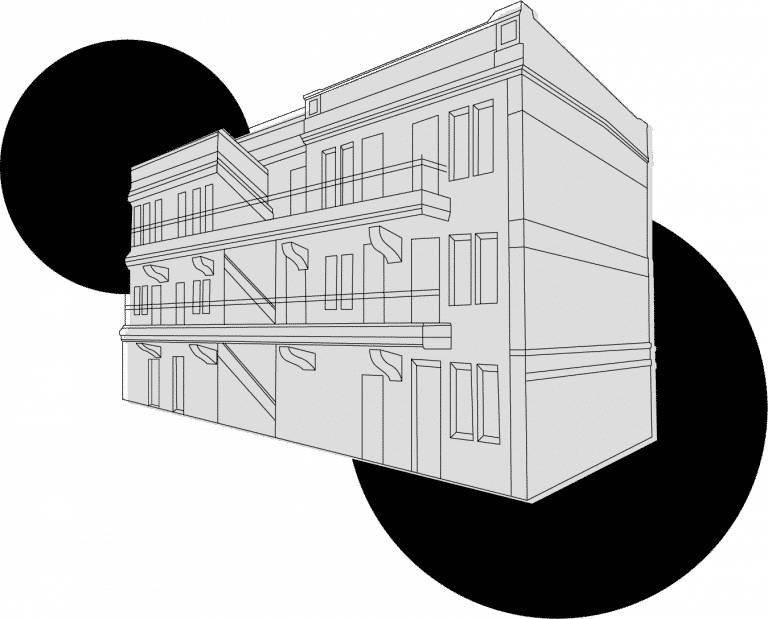
Ennis House — USA
By using concrete blocks in four private homes in Los Angeles, American architect Frank Lloyd Wright shows just how suitable concrete and its versatility are for the masses. Wright embellishes concrete blocks with decorative elements, creating façades and interior walls with Mayan motifs for the Ennis House. The concrete blocks are poured into wooden forms, hollow and inter-veined with woven metal rods inside. Wright sees great potential in this construction method – his contemporaries mock his buildings.
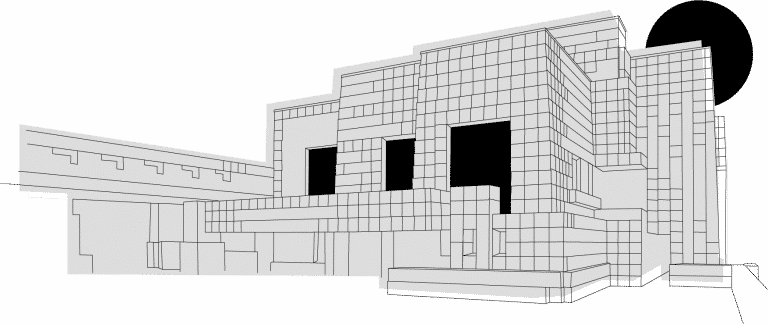
Cosmic Ray Pavillon — Mexico
Influenced by the shell construction of Italian structural engineer Pier Luigi Nervi, Spanish-Mexican architect Félix Candela takes shell construction to a new level. He specializes in hyperbolic paraboloid (hypar) roofs, building the elegant arched roof of the Cosmic Ray Pavilion at the University of Mexico City. He soon designs varied and complex paraboloid roofs, even taking on floral shapes. His work still inspires architects today – from Spanish compatriot Santiago Calarava to Zaha Hadid.

